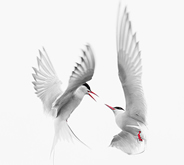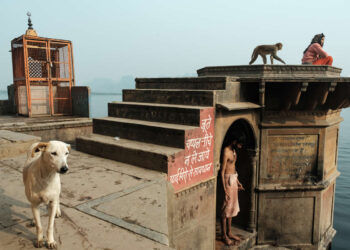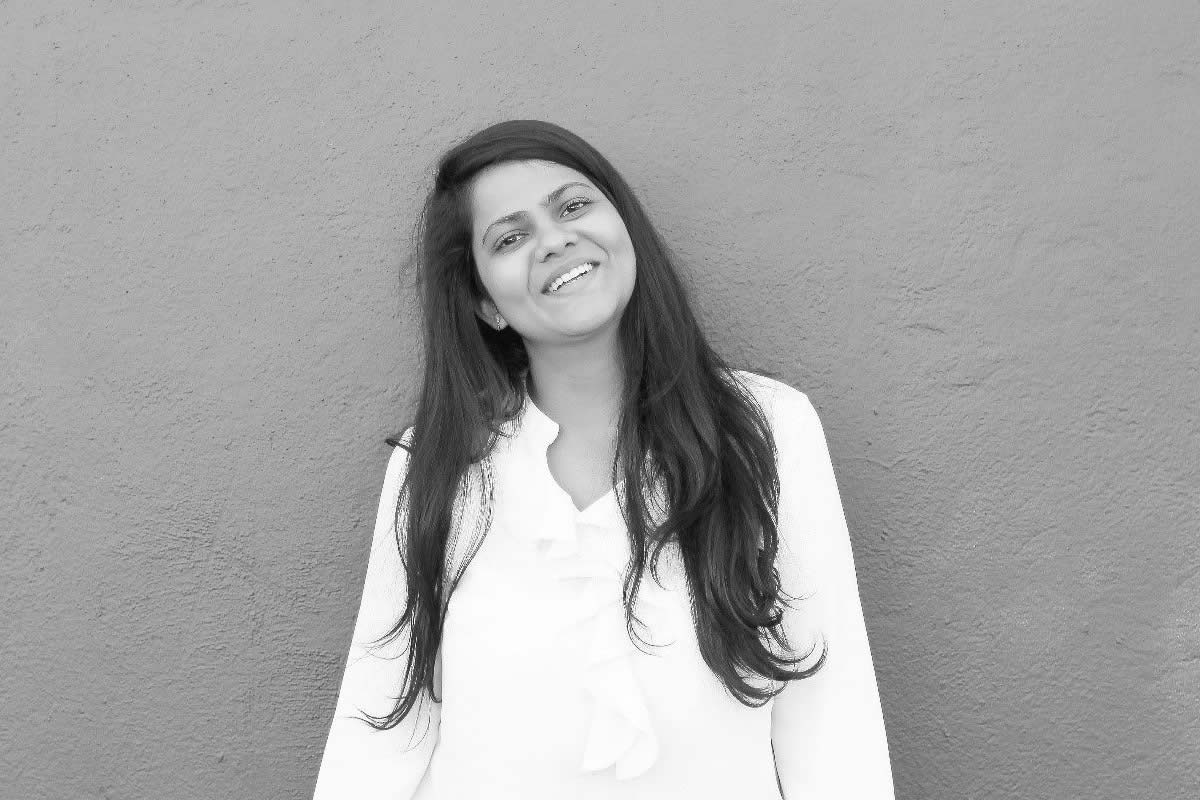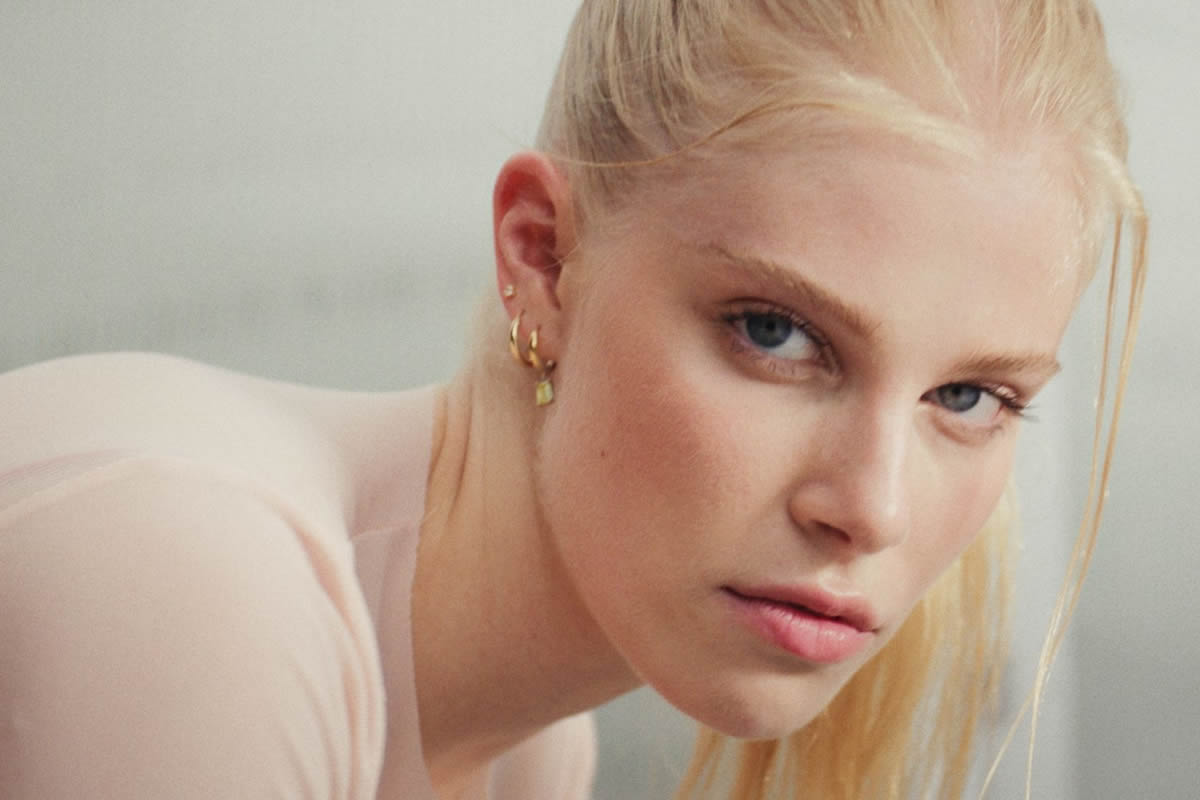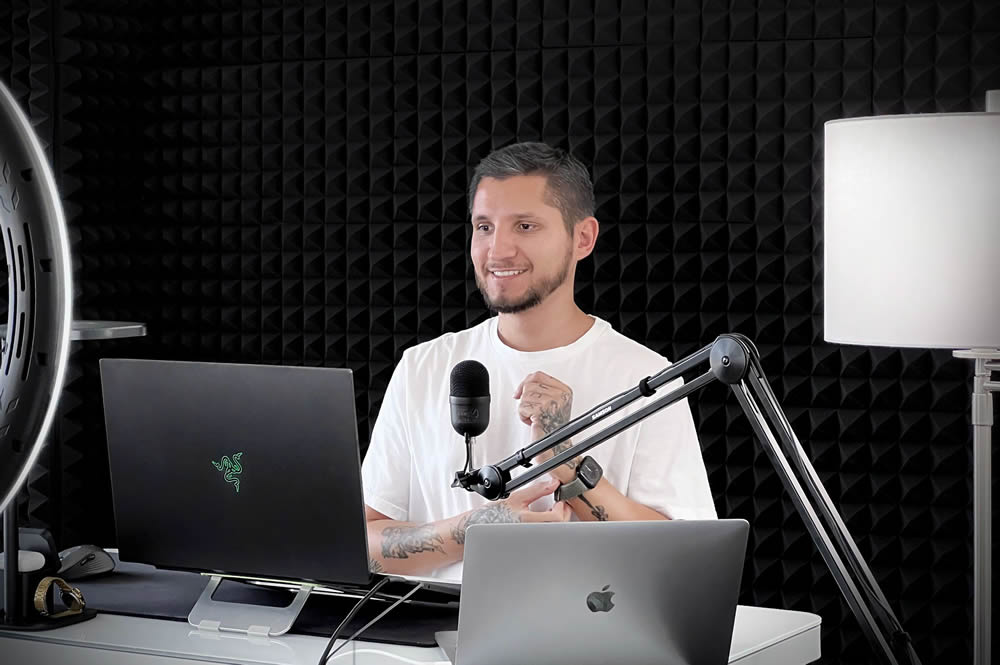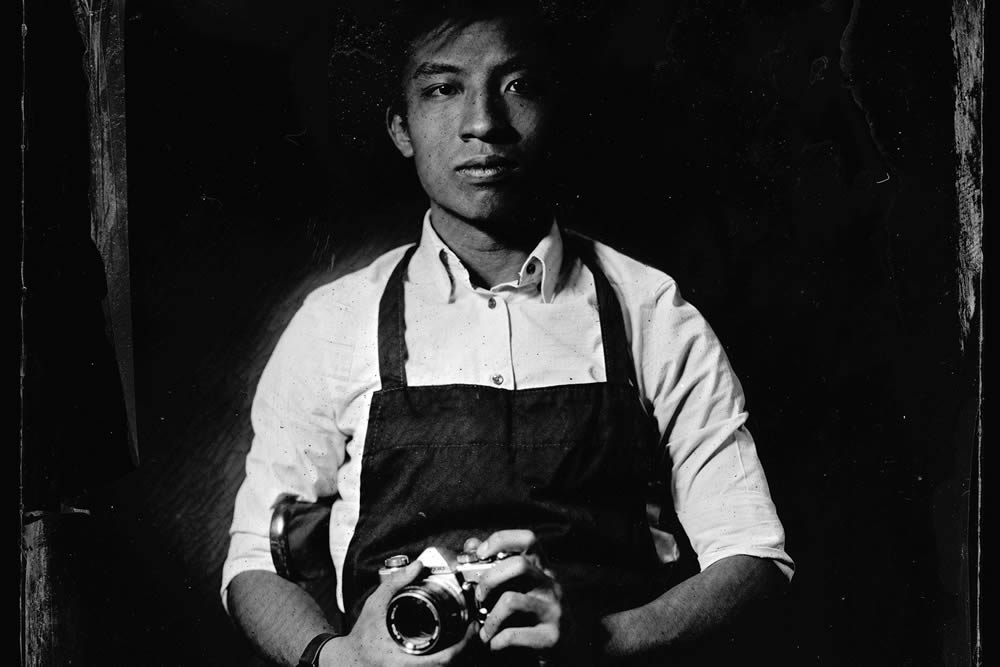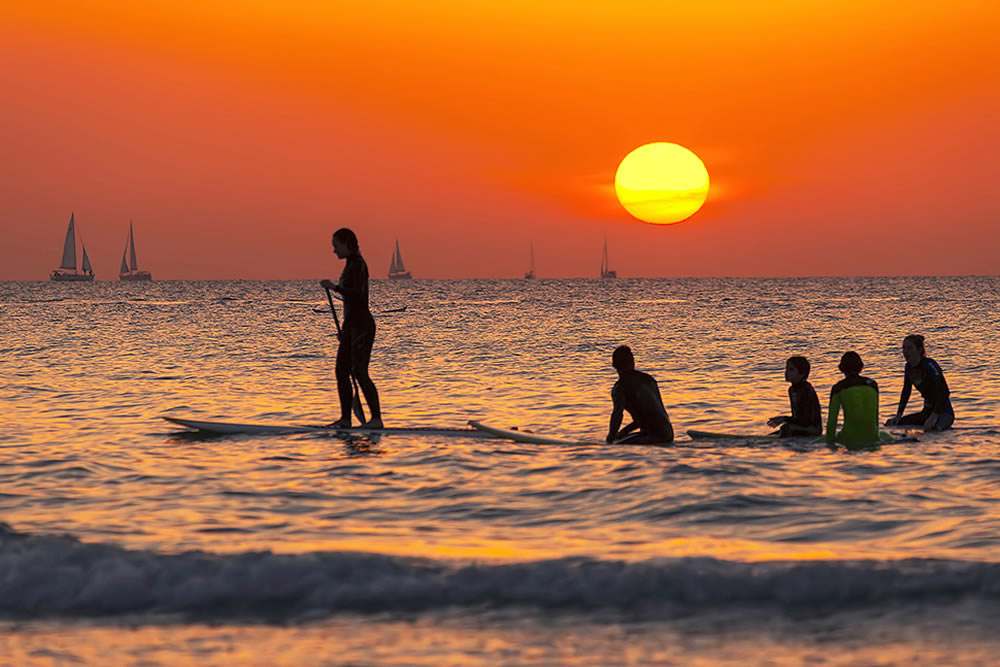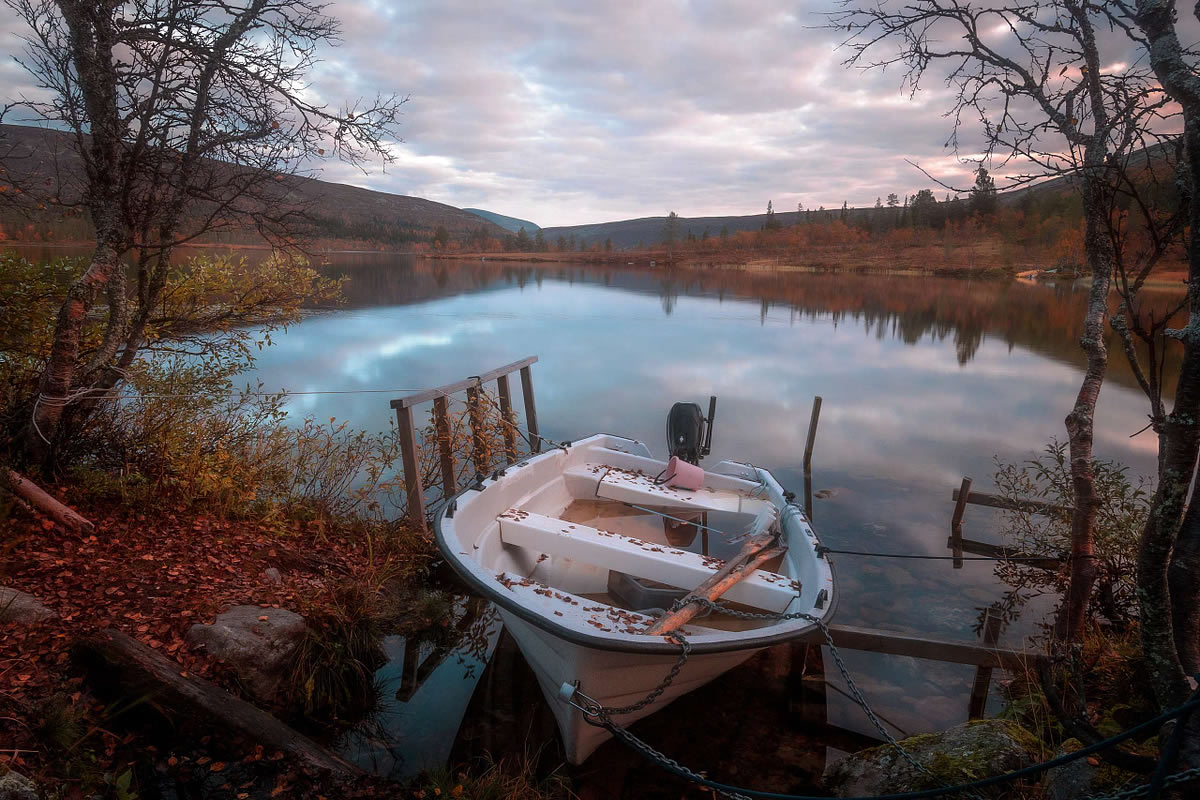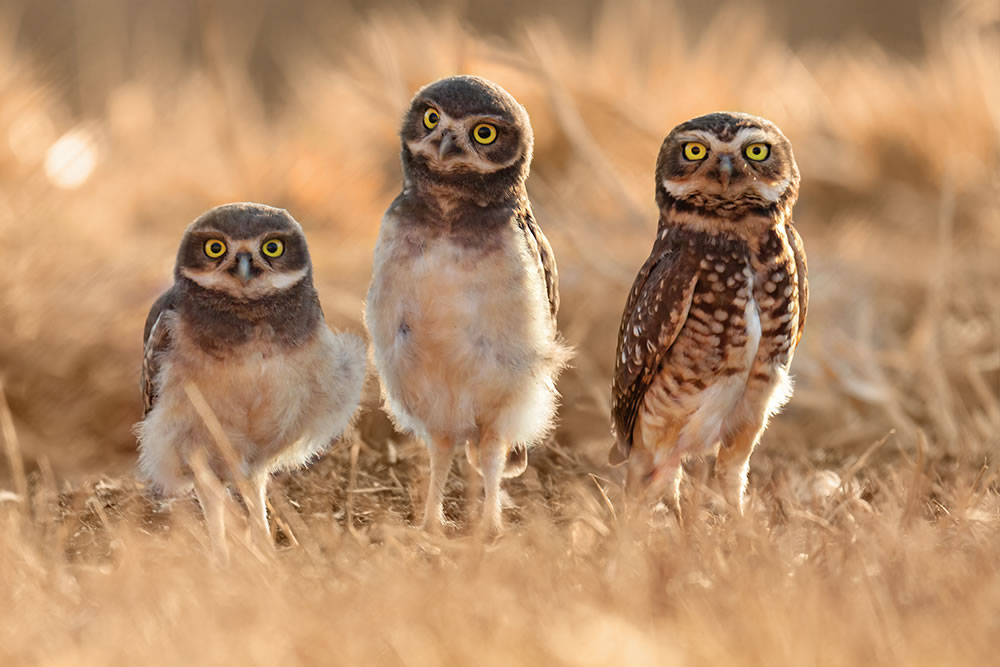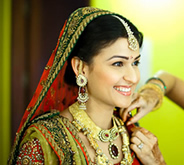
Few words about you and Photography?
After dabbling in other creative activities as oil painting, music and writing, I finally found photography to be my big passion. A relative latecomer to the art, my first days were still in film, favoring slides for a short time before finally going into digital.
I was fortunate to have help and motivation from my husband and peers, and did a lot of reading and research always trying to improve my skills. A bit of training in Fine Arts and Graphic design definitely came handy for composing and visualizing the image.
Now I teach photography at the local college, and feel very privileged to open other minds to the art.
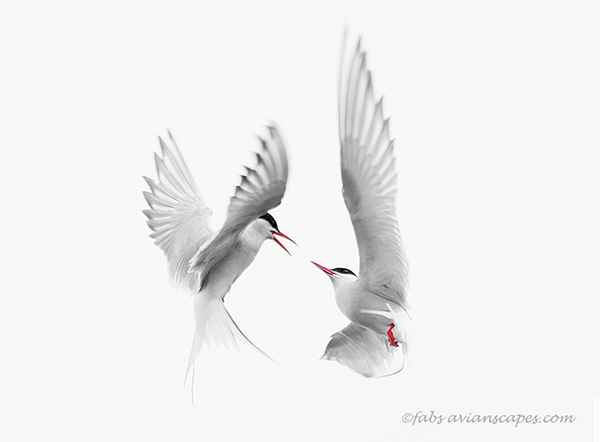
How did you choose Bird Photography?
Since we live in the state of Florida, where we are fortunate to have an abundance of tame birds, it was only natural to lean towards Bird Photography. Especially, if you are an animal lover.
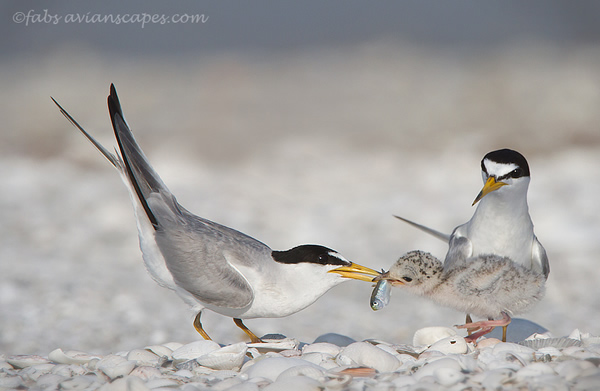
According to Fabs, what are some basic attributes a Nature Photographer should have?
Love and respect for the natural world. Patience is vital, and the “eye” to recognize a good picture. You have to have good and fast equipment to be able to capture special moments. And, being up to date with technology related to the trade. In the digital age, capturing the picture is only half the work. Optimizing and keeping your images organized and safe is also very important.
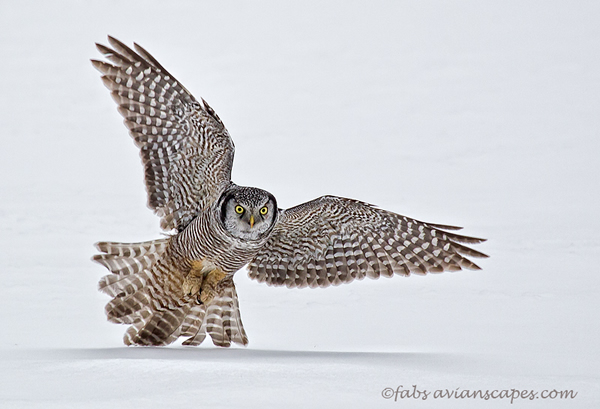
What are your homework before you go out to shoot these wonderful creatures?
First, you need to find out the locations where the birds can be found. You know these mostly by word of mouth, or the work of other nature photographers. Then, and very important, if the location has the light to your favor in the morning or in the evening, and also the habits and behavior of our subjects, so you can plan the most efficient schedule.
Sometimes I go with an idea of what I want and others let the circumstances direct my shooting. I go for the best available at the time.
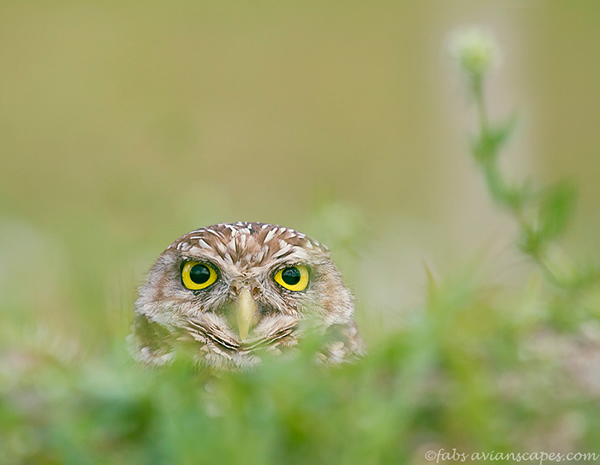
How does your style stay unique when compared to other bird photographers out there?
Being a non conformist and creative person, I try to give a different flare to my pictures, no necessarily following the rules, if the image can hold its own weight. I like pictures that have appeal and a touch of artsy whenever possible. Sterile portraits, although I sometimes do them, have not much appeal to me.

How important is Patience in this wonderful genre of Photography?
Patience is one of the most important virtues for a bird photographer. If you are not able to stay and wait for your subject to show some interesting behavior, perhaps you should look into another field of photography.
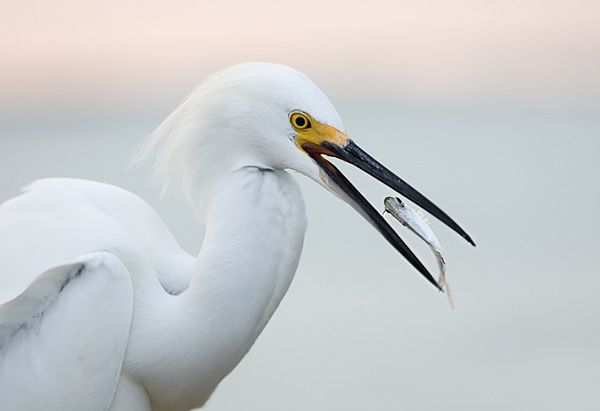
According to Fabs, what is a fantastic picture?
A fantastic picture to me is one that moves me that grabs my attention and makes me feel something. Impact is more important than a technically perfect picture
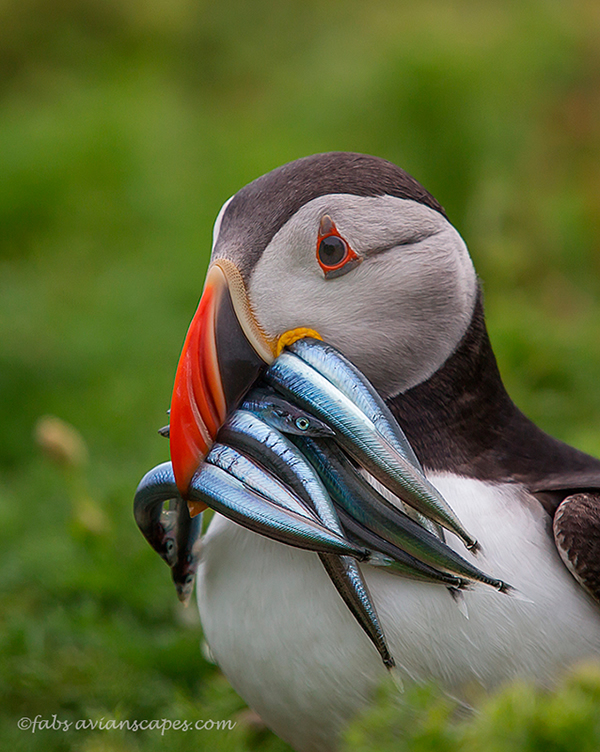
How did you quite often capture the decisive moment with birds?
Capturing the decisive moment is a matter of patience, good reflexes and luck. As the saying goes, luck favors the ones who are prepared. Having your settings ready since you arrive at the shooting location and knowing your camera as the extension of your fingers, so you would know which way to move what dial quickly if you needed to adjust exposure of speed. If you need to stop and think, the moment may be gone. Sometimes you have to accept the fact that birds or wildlife cannot be controlled unless they are captive, and not every day has to bring a lot of keepers.
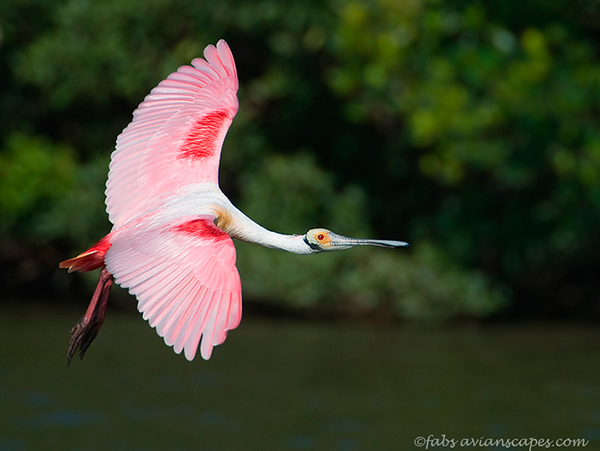
Your favorite location and your future goals?
My favorite location is always the next one. Nothing motivates more than scouting a new area, seeing a new species, looking at new landscapes. I like locations where there are plenty of birds, but adventure should be a part of the deal. The uncertainty, the “hunting for the subject” is what makes it more interesting.
My goal is to keep for my style to be evolving, never to stay in the same place, keep motivation fresh and always try to look at things with new eyes.
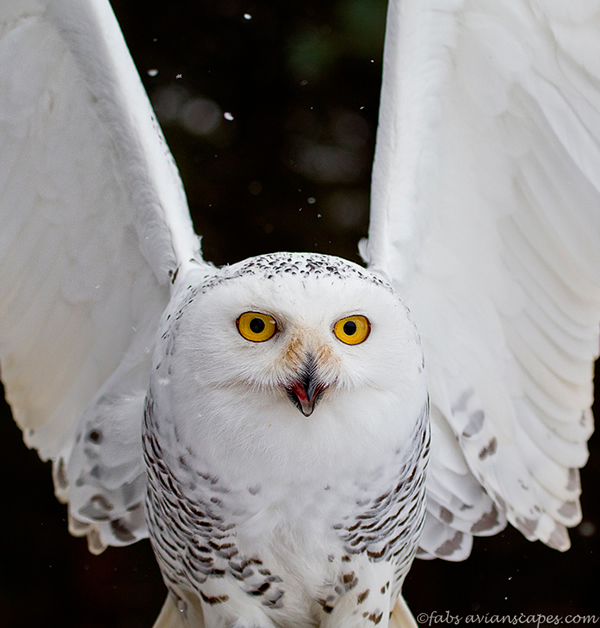
Your Inspiration and driving force behind your success?
My husband and partner is my constant inspiration and we motivate and help each other constantly. He is the wind behind my sail.

Your gear?
At this time I have Canon gear, cameras 1d4, 7d and 5d2, and a few lenses, like the 500/4L IS, 100-400L IS, 70-200/4, 24-105, 50/1.4 and a Sigma 180mm macro.
A couple of tele-extenders, several 25mm extension tubes and a Canon 580 flash with the corresponding flash extender, although I have not used flash mush for the past two years, preferring natural light and avoiding the extra weight.
Three carbon-fiber tripods. One for the beach, one for regular use, and a smaller one for the wide angle.
A few filters, like circular polarizer and neutral density, but not used at all for birds.
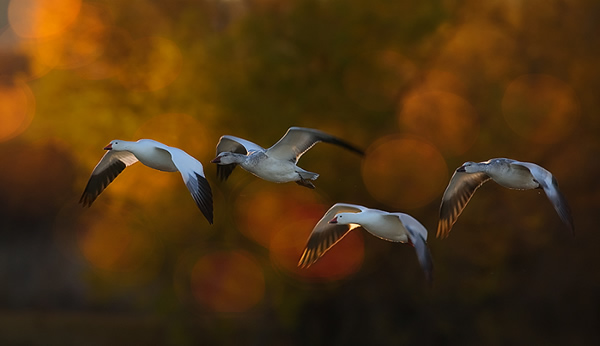
Fabs advice for young aspirants in this field?
Patience and research. Find out about your subjects habits, which will get your chances of getting a good image to a much higher level. Work your subject; change the angle of capture, eye level whenever possible, for a more intimate photo, even if that means getting dirty on the ground. Approach them slowly and silently and don’t make eye contact until you are ready to capture the image. Birds often look every way around them. Make your approach when they are not looking at you. If the birds allows you, establish a rapport, I talk to them and feel they perceive the no aggression in your tone of voice.
Always show respect for your subject, only go as close as they will allow you and don’t harass an animal just to get a picture. Also show respect to other photographers that may be in the area, don’t make noises or obstruct their view.
Keep an open mind and look at the work of successful photographers for inspiration, and if the camera settings are included in the picture, study them and try to figure why they were selected.
Keep the enthusiasm. You need to be a lover of nature to become a bird photographer. Let your work honor and show it.
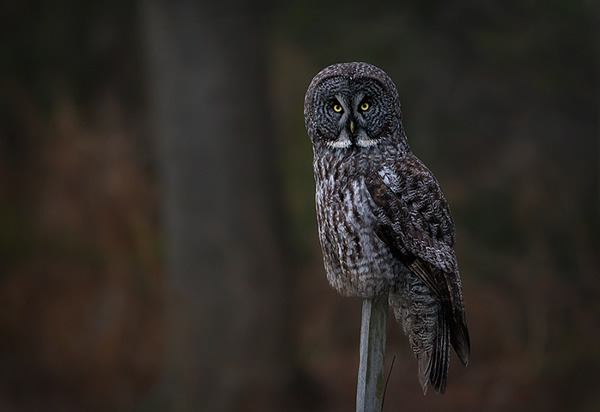
Thanks again for this wonderful interview with 121clicks. Any Final thoughts for our Readers?
In today’s world, progress and civilization, if we may call it that, have been overtaking so much of the natural world, and I wonder if the future generations will be able to enjoy any of it. It is my hope that my photography and that of other peers can bring awareness of how beautiful and fragile our animals are, and that maybe we can make a difference into some people’s perception of that world. That would be the biggest achievement.
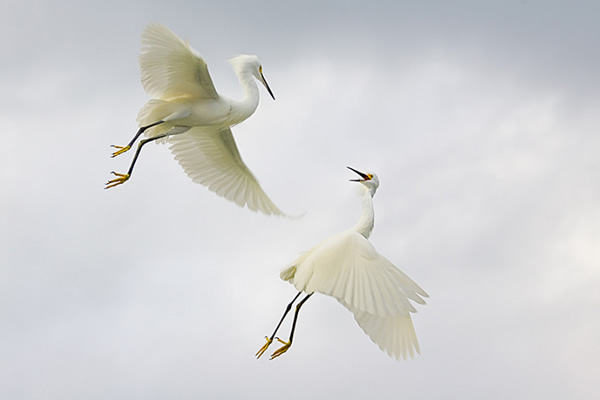
You can find Fabs Forns on the Web :
Copyrights:
All the pictures in this post are copyrighted to Fabs Forns. Their reproduction, even in part, is forbidden without the explicit approval of the rightful owners.

